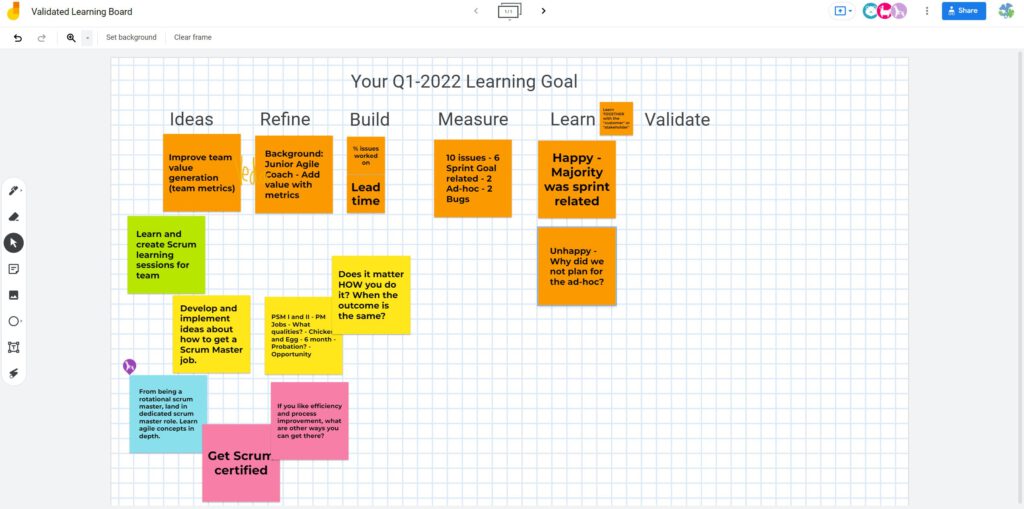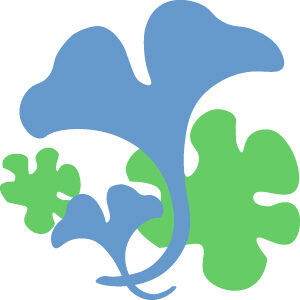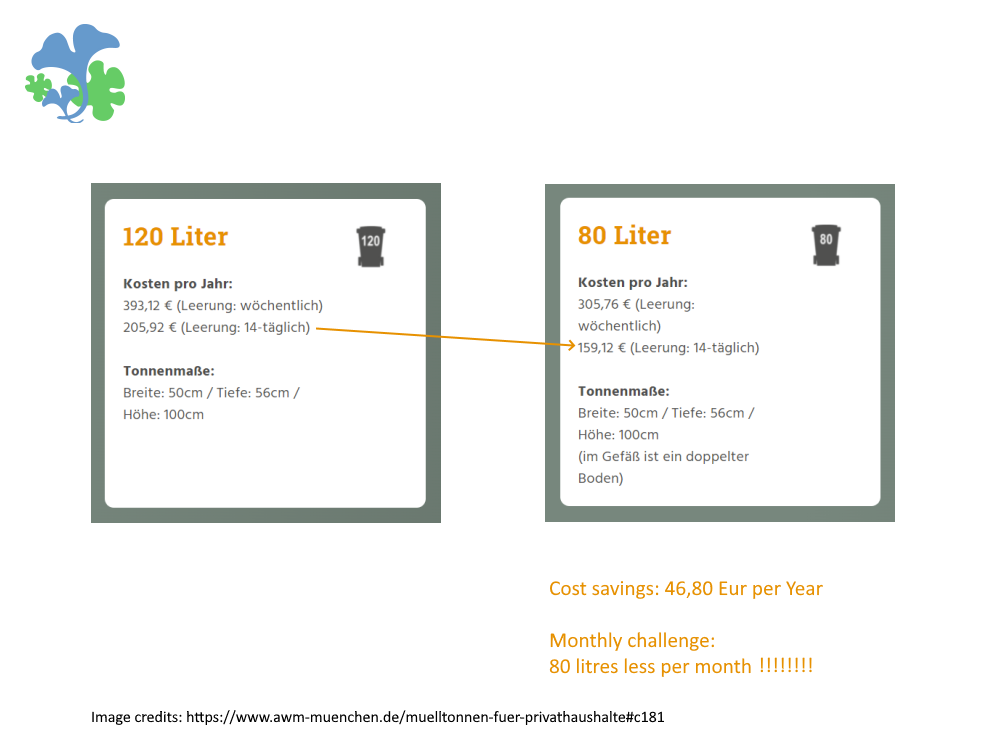
In the last Agile Speakers session we decided to take the “Validated Learning Board” tool from the “Agile Leadership Toolkit” for a spin.
We had 4 participants but only time for taking one person’s learning from Idea to Validation.
The Idea was “Improve team value generation (team metrics)”.
Basically the idea to come up with team metrics that will add value to team.
In the Refine phase we came up with 2 metrics:
- % of issues worked on
- Lead time
In the Build phase we decided to concentrate on 1 metric for the Sprint and closed in on “% of issues worked on”. To simplify things we worked with number of issues instead of percentage.
In the Measure phase we came up with an imaginary 10 issues.
- 6 of the issues were Sprint goal related
- 2 of the issues were Ad-hoc
- 2 of the issues were Bugs
In the Learn phase we had two attendees from the meeting play Happy an Unhappy customer.
Case 1: The Happy customer was happy because 60% of the issues were Sprint Goal related.
Case 2: The Unhappy customer was unhappy because 20% of the issues were ad-hoc and wanted to know why this was not planned beforehand.
Taking “Case 1” further in the Validation phase, the stakeholder appreciated the 20% allocation for ad-hoc and 20% allocation for bugs. This was continued in future sprints keeping the team and stakeholder happy.
Taking “Case 2” further in the Validation phase, the team reduced ad-hoc issues to 10% in the next Sprint and increased the Sprint goal related issues to 70% keeping the team and stakeholder happy.
What I like about the “Validated Learning Board” tool is that we can take epic level items and manage them with a simple workflow:
Idea–>Refine–>Build–>Measure–>Learn–>Validate
Links:
Tools:

